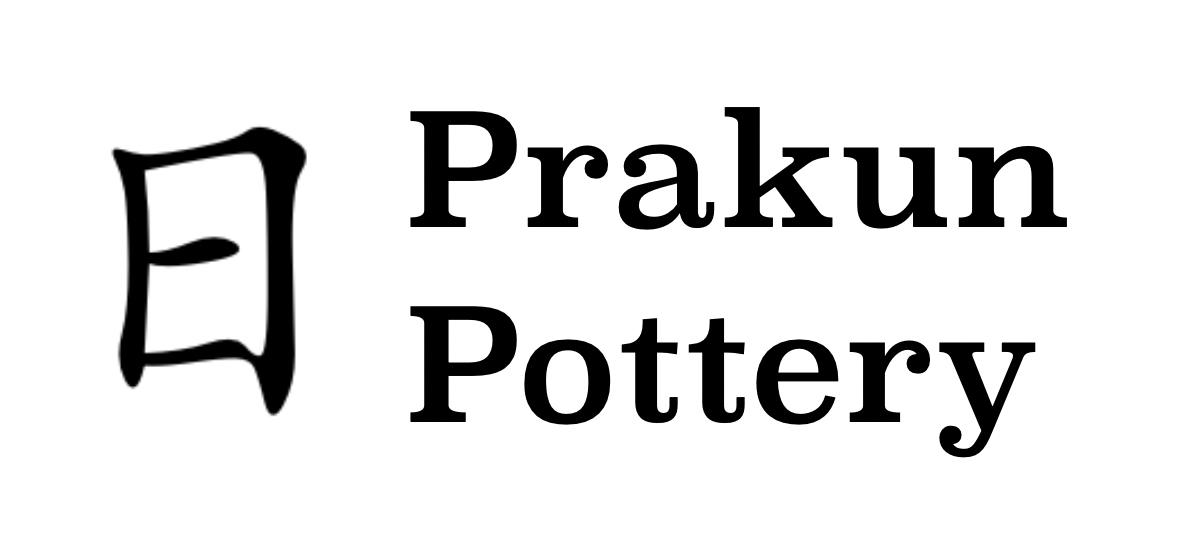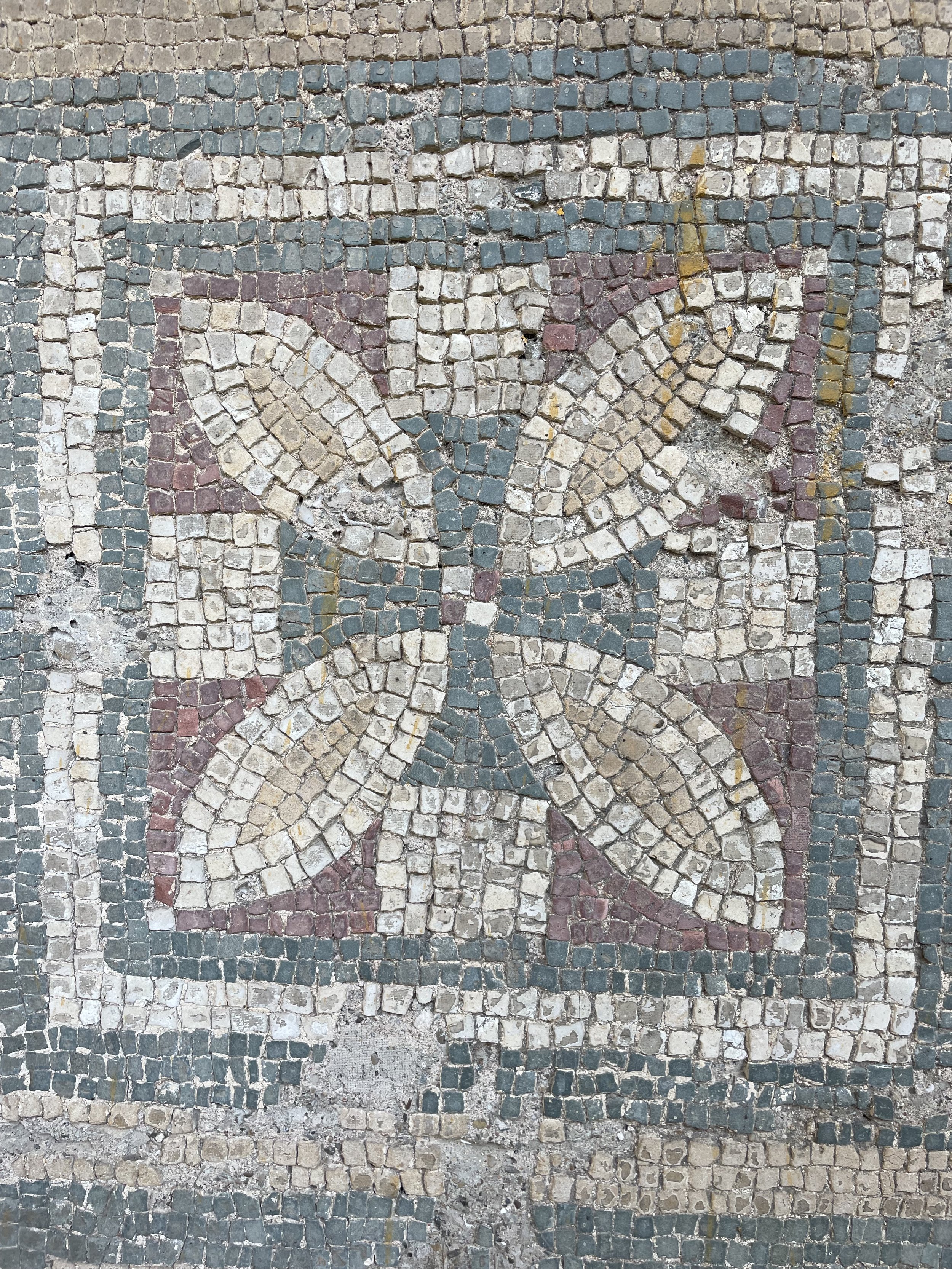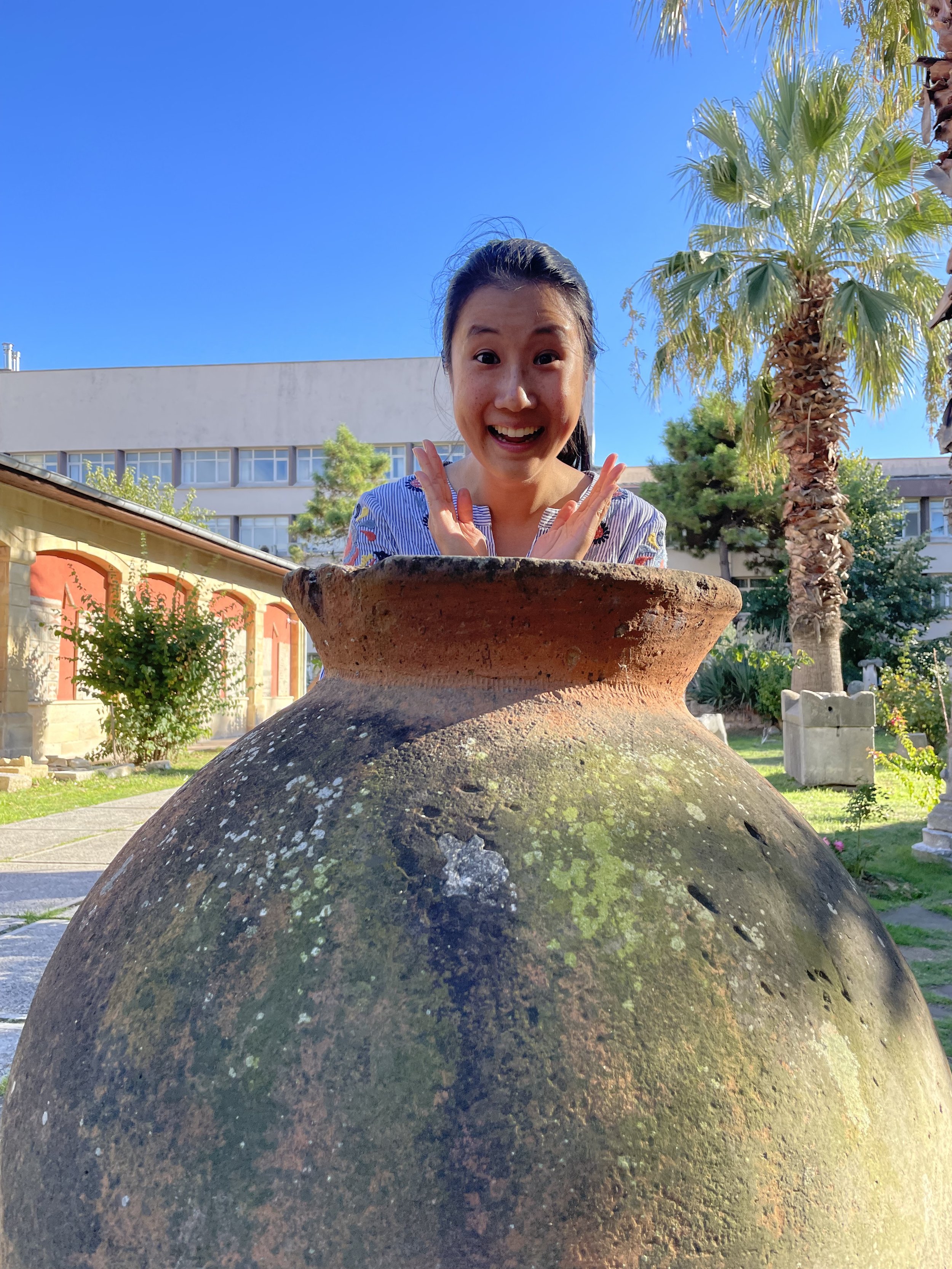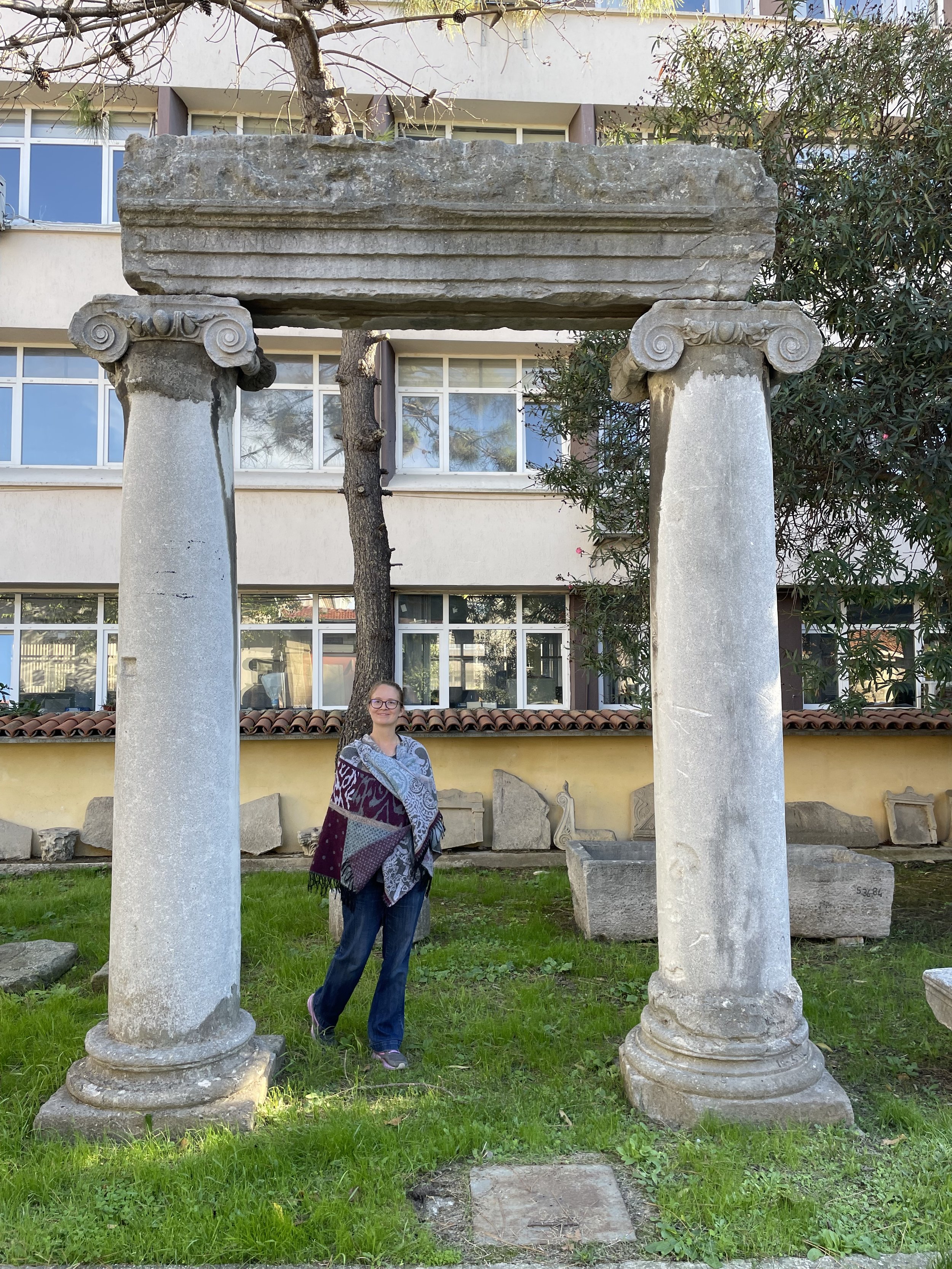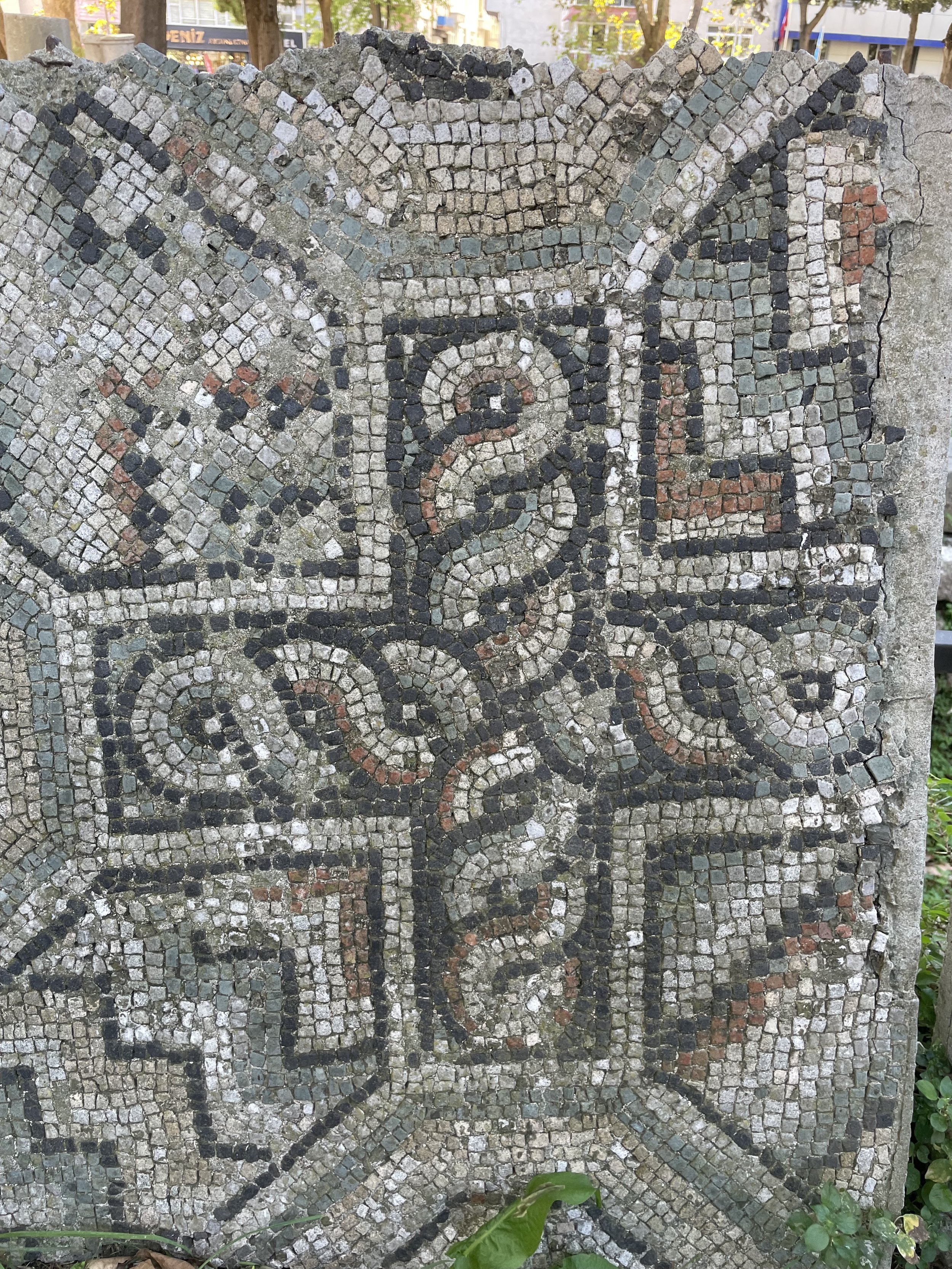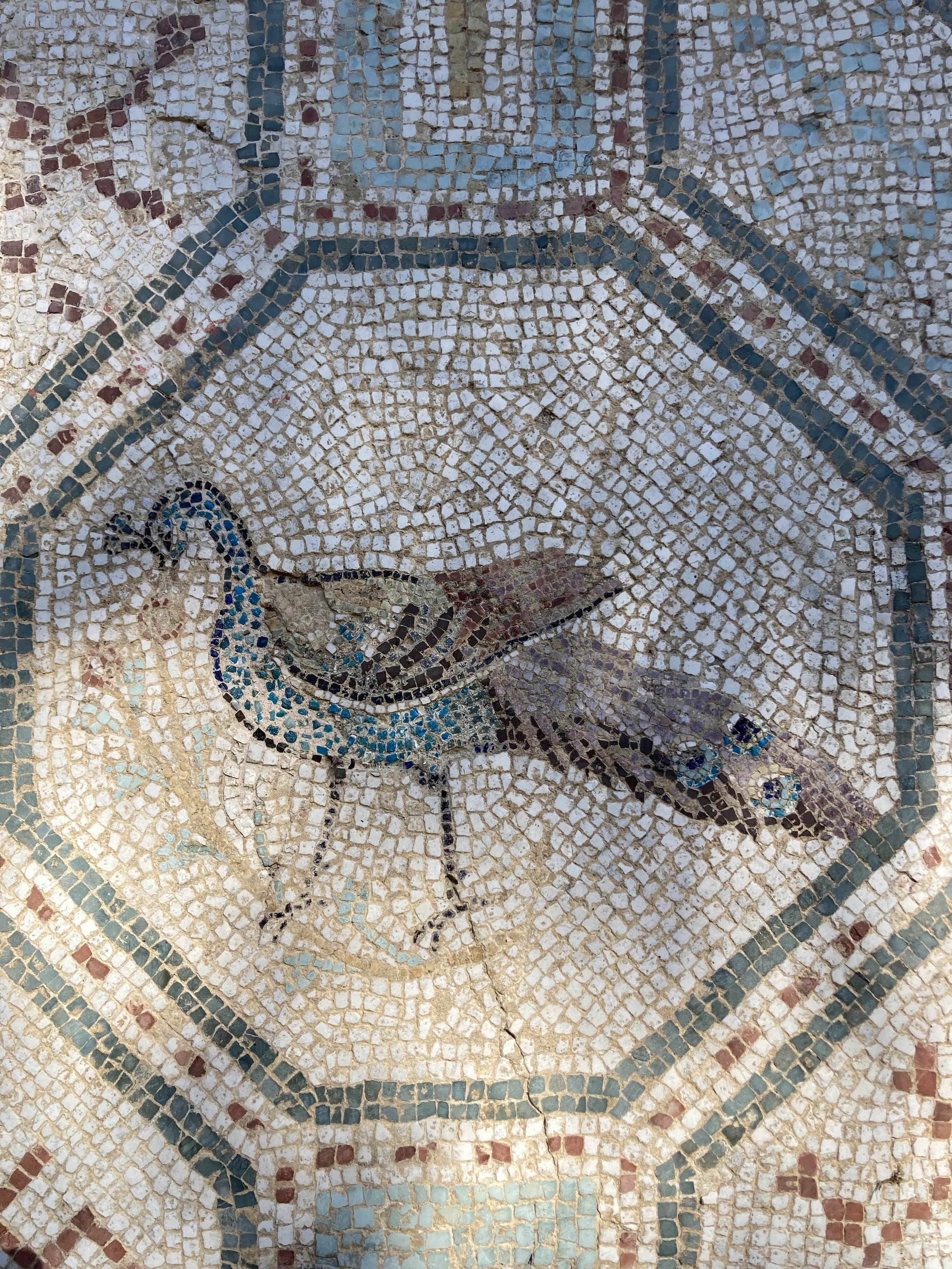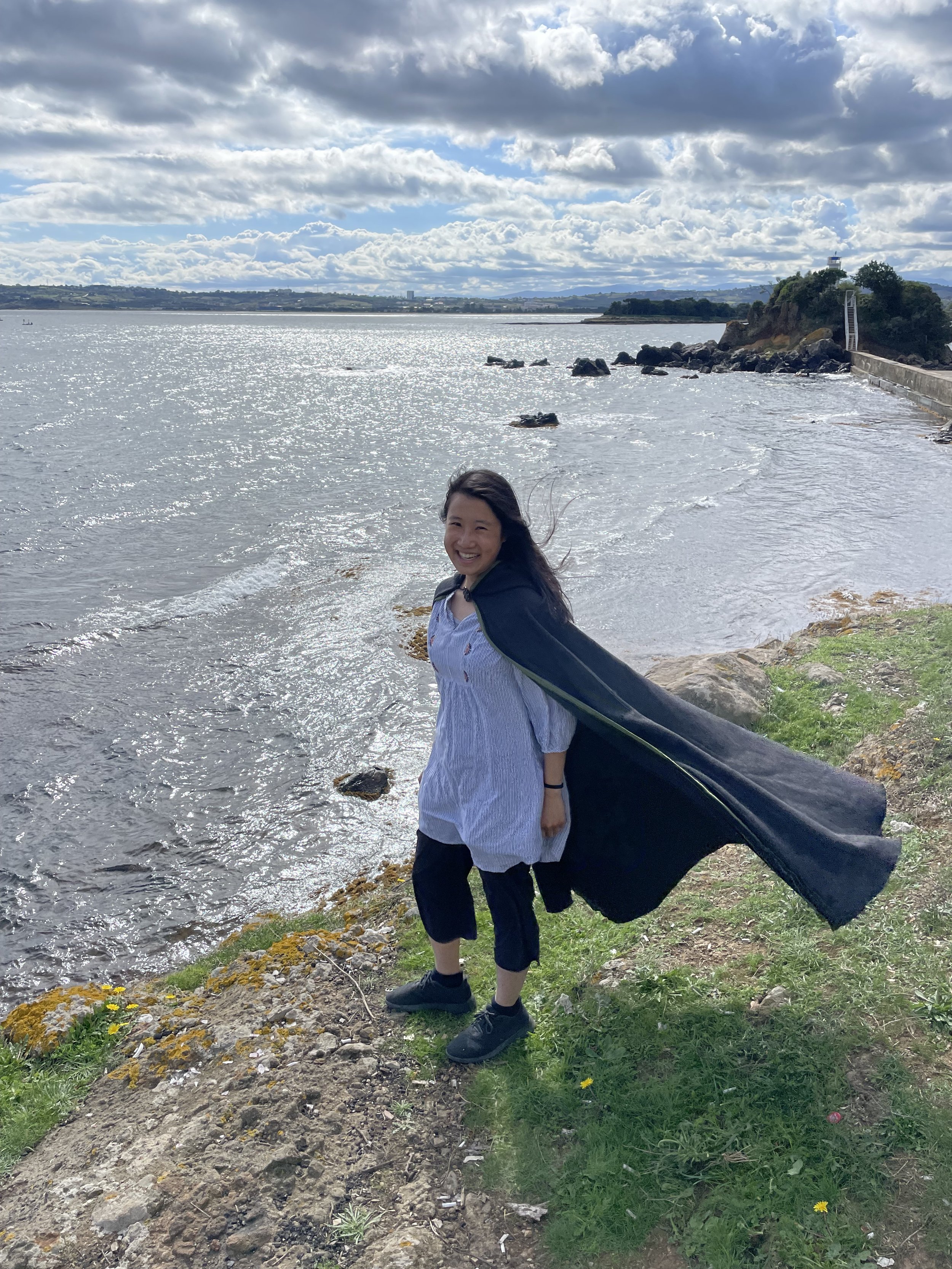Forbidden Fruit
14 October 2022
In the time since the last post, Becca and I have taken an eight-hour bus ride to Amasya, spent three days exploring Macrina’s homeland in the company of a fantastic guide, and then bussed north again to Sinop on the coast. My heart and my notebooks are overflowing—five years of study, imagination and affection all came home to rest in the forested hills and furrowed fields around Annisa. I promise to write more later.
A mosaick-ed cross we found in Sinope that is stylized in the same way as crosses we saw in Cappadocian cave churches.
Relevant details may strike at any moment, and one must be ever-vigilant to record them.
But since we’re already out of chronological order, I think I might as well start with today’s adventures. After a formidable breakfast, Becca and I played with cloaks and sea breezes at a natural park near our hotel. She painted with watercolors while I caught up on notes, kept company by a friendly dog and some browsing cows. One of the hotel employees was kind enough to drive us into town, where we found desserts to delight our hearts.
With the help of Google Translate, the baker told us that the cake in hand is a specialty of Sinope. Biscuit (cookie), cream, biscuit, chocolate, with peanuts outside. Yum!
It’s a pot! No, a potter!
And then we went to the museum. Little Turkish towns can boast incredible archaeology museums, especially when the towns in question were founded by Hittites (Amasya) or Greek colonists 2,700 years ago (Sinop). This museum was particularly strong on the Greco-Roman era, which gladdened my soul. They had amphoras and lamps and perfume jars, a wealth of everyday items from Macrina’s world.
Two breathtaking 4th-century mosaics held center stage: one of the Seven Muses, and the other of a woman I heard called Tufé.
Tufé in her splendor. Easily eight feet by four feet, the mosaic envelopes the viewer’s eye.
That was all inside. The front garden of the museum was dotted with statues and columns. The side gardens were crammed with them. There was a section of Islamic tombstones with graceful flowers and calligraphy, and an excavation of a temple of the ancient god Serapis. Shelves upon shelves were stacked with pottery. Bafflingly large amorphas loomed. Stone sarcophagi and steles crowded the grass, and every awning sheltered mosaics.
Museum overflow: an embarrassment of riches.
Another stylized cross in the museum’s backyard.
I love mosaics. A dead giveaway for Greco-Roman/Byzantine presence, they let me glimpse the ancient world in color. The outdoor mosaics were mostly geometric patterns—nothing as arresting as the detailed figurative work inside. Then I started seeing crosses. One or two might be incidental to a larger pattern. But they kept turning up. Set within circles or diamonds, edged with waves, some stylized like the crosses in Cappadocia’s cave churches. There was no word of explanation.
Then the birds on the outer wall of the museum caught my eye. They were astonishingly realistic, their images clearly alternating with crosses. The panels had to be from a church. But when I finally found a sign, it identified them blandly as “Mosaics of Meydankapi,” excavated from a house belonging to a Roman individual.
Look at the detail here!
Detail of the bird Leah is gesturing to in the previous photo.
I fired up Google Translate and went back in to the museum to beg more information. Someone from the front desk took me upstairs, where someone else showed me the title of an article I might read in English. (The internet and my phone data have conspired to desert me tonight, so I haven’t yet had the chance to look into it.) Then I was shown outside again, my curiosity and utter lack of Turkish apparently still causing consternation. The man from the front desk gathered a crowd of other museum employees, a call was made, and suddenly I was handed a phone with the word “English.”
Awkwardly I introduced myself and tried to explain my interest in mosaics. The woman on the other end said something about the mosaics at the museum and the ones at Balatlar Church. It was closed today and I wouldn’t have time to go there tomorrow. I thanked her, hung up, and returned the phone to its rightful owner.
Then Becca and I went off for a dinner of walnut-butter dumplings and a look at the Black Sea. When we finally made our way up to Balatlar church, it was close to sunset. There wasn’t much to see. Some of the walls and arches were intact, and an excavation was clearly underway, but the area was fenced with gates and barbed wire. We walked the perimeter slowly.
And then we came to the unlocked gate. We could see a group of people moving through the ruins, so it wasn’t off-limits to everyone. The bolt slid back with a clang. No one seemed to notice. Becca promised to sit guard at the steps. “We’ll play dumb tourist if they catch us. Go see it.”
A panoramic view of Balatlar Church. The red-roofed sheds protect mosaic restorations
